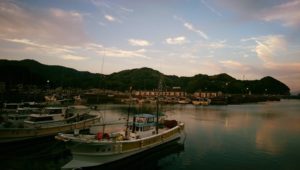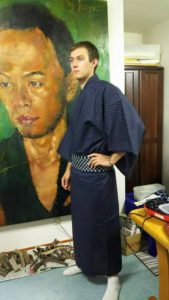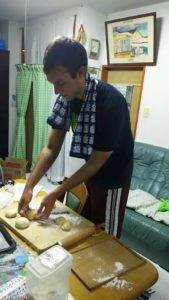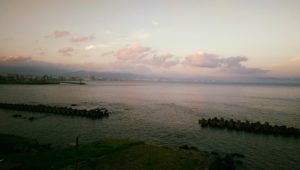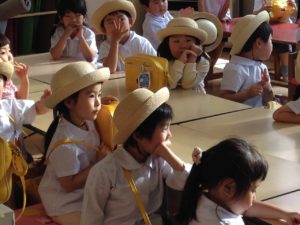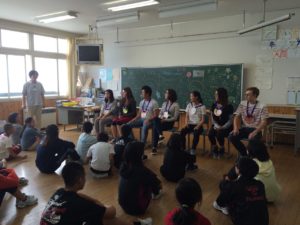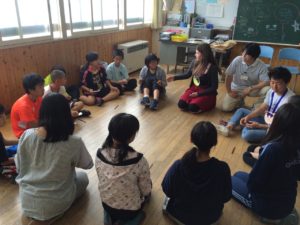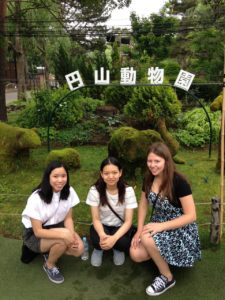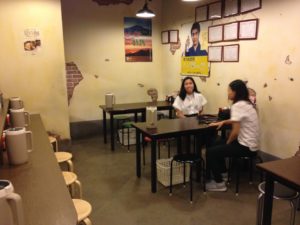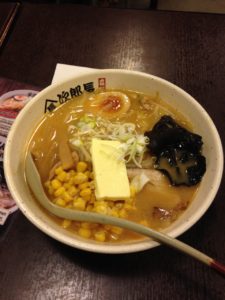Hello everyone,
This study abroad experience taught me much more than just a language. For instance, I learned quite a bit about the language acquisition process as well. At the beginning of the program, I felt as though I was making no progress. Toward the end, however, all of a sudden I made a huge jump. I still do not really understand how it happened. Of course the program was the reason, but the suddenness of the change was shocking. I think it was very interesting.
Further, I learned about the culture of Japan. I did not really have to confront the culture; it confronted me. Just being in Japan, there was no escaping the constant immersion to which I was subjected. Even hanging out with American friends, the Japanese culture was ever-present and permeating. Sitting on the floor for meals, eating, bathing, sleeping. Everything is different.
I did not really experience culture shock like some others that I know. Throughout the program I held the view that my home was superior. Because of this, I missed my hometown a little. But the culture is not as off-putting as simply being away from home.
I believe, additionally, that I achieved the goals that I set for myself. My language skills have kept pace with my peers who have studied similar content in a much longer amount of time.
From this experience, I can definitively say that America is still the greatest nation on Earth. But this certainly does not mean that I had a unpleasant time. I loved everything and everyone. That is why I can say that Japan on its best day cannot beat America on a bad one.
If anything, my worldview has definitely fixed its heading toward exactly where it was heading before I left. Now I have seen firsthand the havoc that cultural socialism has wreaked on the minds of the once-proud Japanese people. No longer do they pay any mind to the important things. They have forgotten their religion and all religions. Despite this, they still have a quaintness that has perished in America. It makes me feel at home among the Japanese.They do not viciously fight the supernatural in Japan; they merely are ambivalent.
My advice to anyone who is going to study abroad on the SLA grant: Make sure you know what you are getting into. My summer program was literally the hardest class that I have ever taken. It destroyed me. But it was good for me. I am better now because of it. Also, be sure not to take things so seriously, and you will be fine.
From here, I plan to continue my language study in college and beyond. I want to continue with Japanese, start German, and re-teach myself Latin. Learning any language helps you learn other languages. I, without a doubt, will not use my Japanese in any official capacity. But that is okay. I got what I wanted to get out of the program. I learned. Pure learning. I was not doing it for a job. I was not doing it for anything. I am so thankful for that. This experience has truly opened my mind to another angle of learning that science, math, philosophy, or any other study could never do. Language is a very specific study. Because it is so specific it has broadened my ability to learn in general. Thank you.
God bless,
Nicholas Gerstbauer
